Order your fried chicken and pay with your face
You should learn from your competitor, but never copy.
Copy and you die.~by Jack Ma
Tech open doors to unique and innovative restaurant ideas.
What’s new now? Online menus is the next frontier in food and beverage businesses. Since the inception of e-commerce in 1991 that greatly impacted virtual businesses,the idea of making purchases via smart devices are no stranger. Given the decreasing price of smart devices and mobile internet, restaurants begin to leverage on this interaction to reach out to more customers.
Restaurateurs want to bring food menu to life!
Menus that are presented digitally on smart devices not only serve the brick-and-mortar store, but also for takeaways to increase brand awareness. Consumers want new technology to elevate their dining experience. They will adopt the product if it makes them feel special for the fear-of-missing-out (FOMO) .
Consumer want more flexibility to access the menu and to order food at anytime and anywhere.
Here are the 4 reasons to implement a digital menu :
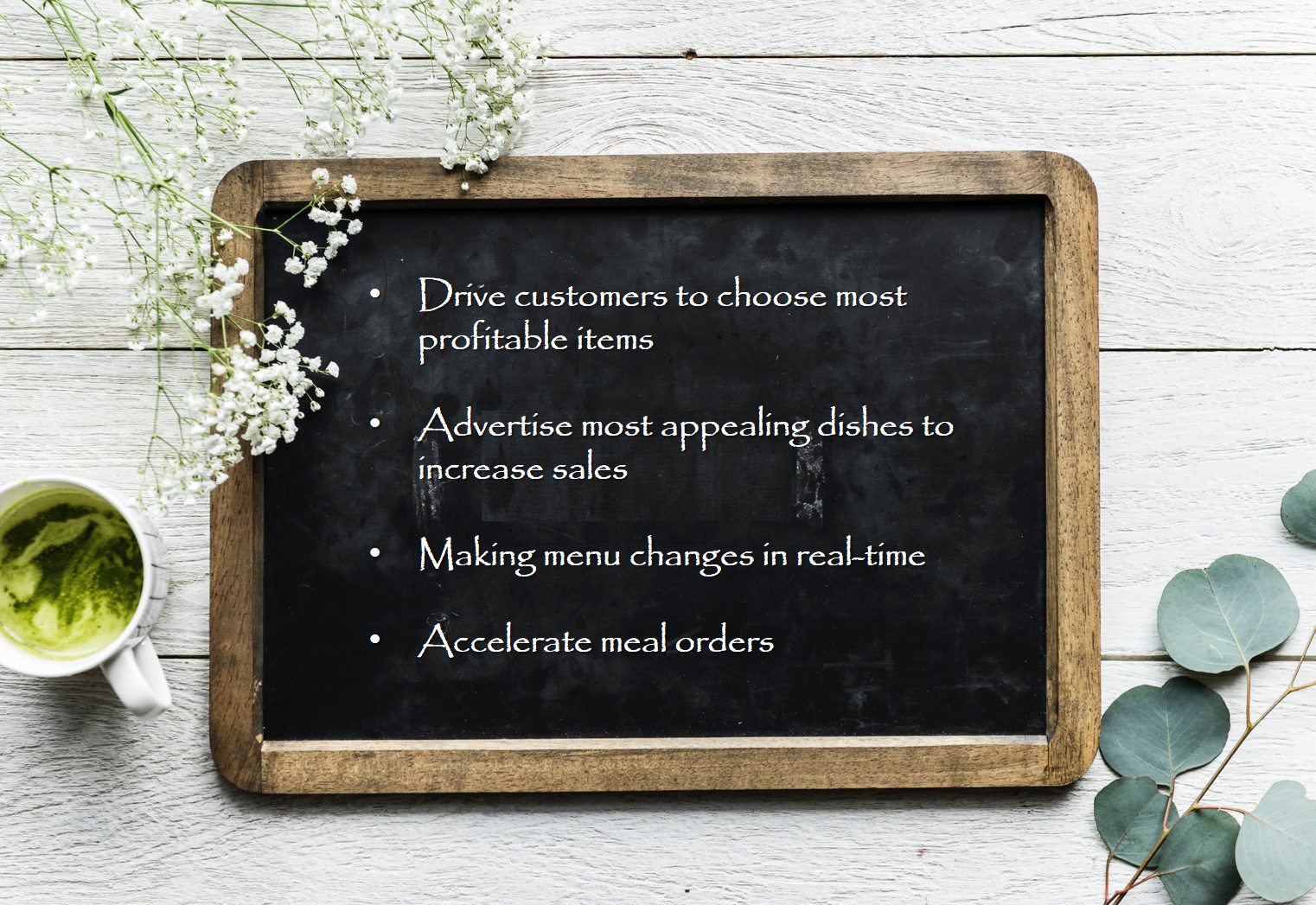
Digital menu is a unique approach to ordering. It has been well-adapted internationally within the restaurant industry to meet the ever-evolving expectations of the consumers.
Let’s get inspired by these 3 interesting meal ordering concepts set-up by international F&B businesses. Who knows it could up-lit a trend in our local market!
1. Inamo Restaurant, London
Menu ordering tech method: Touchpad table
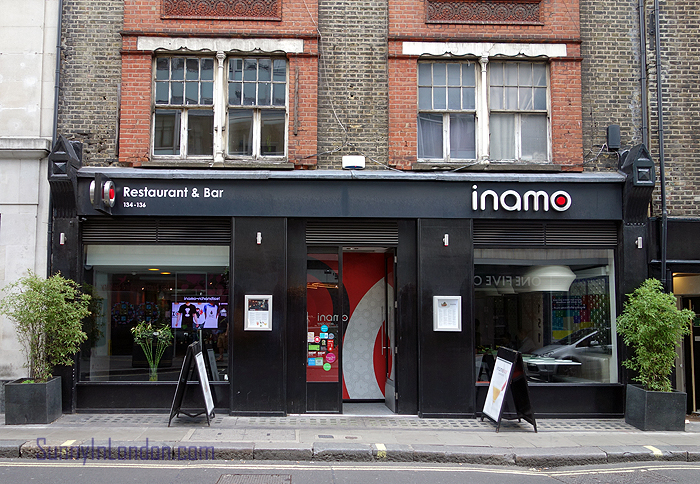
Image by Sunny in London.
Inamo is one of London’s quirkiest neon-lit restaurants. It is digitally inspired with unique interactive table surface technology.
The highlight of Inamo was that it has an interactive ordering system and 3D menu projection on the dining able. Apart from being able to use the touchpad at the right side of the table to order, customers can also choose their preferred ‘tablecloth’, play a game on battleship or even call for a cab. How cool was that? Coolness and bits of distractions.
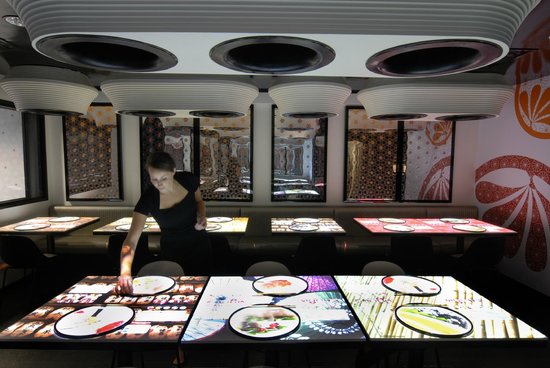
Wonder if sunglasses are needed during dine-in…Image by Trip Advisor.
Mind you, customers would only have 1 hr 30 min time-restriction for dine-in. Just don’t be carried away with its uplifting interactive dining experience!
Have a quick view of Inamo in the video below as introduced by its Director- Noel Hunwick.
Video by JBI Digital.
2. KFC Restaurant, Beijing-China
Menu ordering tech method: Facial recognition & QR code scan
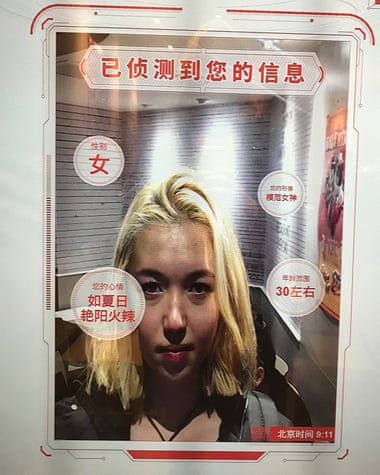
When you’ve just gotten a bad treatment from your boss, let the ‘machine’ award you a big spicy fiery chicken drumstick. Image by The Guardian.
Scan your face to buy chicken? KFC in China did it, well, since 2017. It’s the first facial recognition technology that predicts customer orders.
Under Baidu technology (referred to as China ‘Google’), this machine uses artificial intelligence, is able to recommend menu based on customer age and mood. Its facial-recognition able to recall repeat customer orders. Quicker, easier and convenient are top-of-mind in servicing KFC’s customers. Of course, personalisation was its core feature!
KFC uses facial recognition technology to detect what you like, your emotions, age, preferences and gender. Video by Ruptly.
This unique customer ordering experiences do not stop there, KFC China launched its first KPROs (KFC Pros) for the growing health-conscious consumers.
The store concept is unlike your regular KFC outlet. KPRO is sophisticated for the tech-savvy diners of the urban professionals. The outlet concept is of friendly with vibrant food market atmosphere.
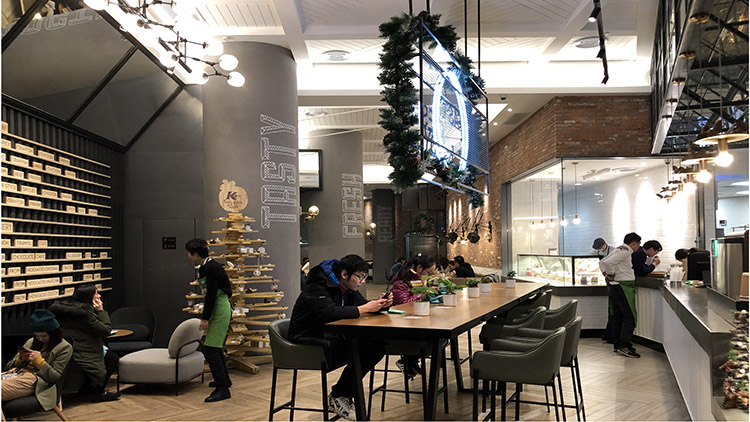
KPRO in China seems to appeal to the phubbers. Image by TimeOut Shanghai.
Orders could be via machine-ordering, QR code scan mobile ordering at the table or the conventional method at the counter.
“Smile to Pay” was first commercially piloted in KPRO, where customers would just pay by scanning their ‘face’. Alipay integrated into this payment solution that utilize facial scan and mobile phone number to verify the identity of the customer prior to payment.
Cash, credit card, and smartphone…those were the days for China.
What you need to do, is just smile at KPRO to pay for your chicken.
Video by Mashable Deals.
3. Eatsa, San Francisco- USA
Tech: Mobile app and iPad Kiosk
No presence of waiter and no long queuing lines for food. It’s a definite place for lone rangers who wants to grab a quick meal with no interaction!
Eatsa done that since opening its first virtual restaurant in 2015. Eatsa is digitally driven from digital ordering channel to product pickup. With self-serve kiosks, customers are able to place an order via the Ipad kiosk or mobile app and pick-up the food from self-serve wall digital cubes.

Eatsa outlet with its wall digital cubbies. Image by San Francisco Chronicles.
Quick, easy and seamless food delivering works well for both restaurateurs and customers.
Fast-casual restaurant like Eatsa are moving into more of pick-up retail space especially in high-density area that is deemed expensive. This concept is well-known as Ghost Kitchen in China and turned popular in 2016 when sharing economy became the talk-of-the-town.
In the late 2017, Eatsa downsized its outlets from seven to two, and diverted its attention to focus on licensing its technology as an integrated solution to other restaurants. Eatsa offers the whole package of self-ordering kiosks, a mobile app, digital menu boards and self-order pick-up system.
Malaysians are aware of the similar restaurant approach like Eatsa, where grEAT was opened in 2018 at One Utama shopping centre. It was known as Malaysia’s first futuristic automated restaurant serving healthy choice meal.
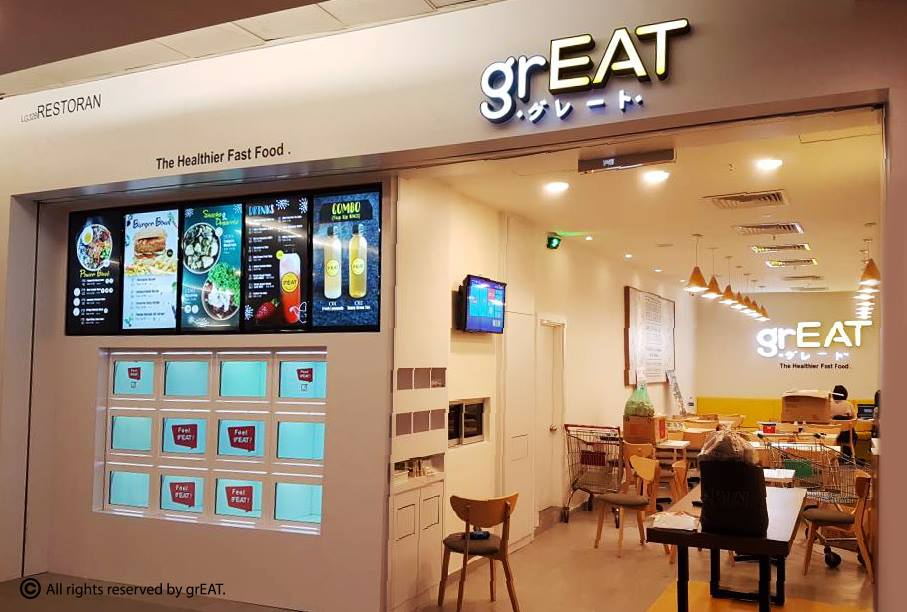
Nowadays you will need to secure your food in a vault, or you may find a piece of meat disappear from your meal.* magic wand. Image by SAYS.
Orders can be placed with a QR code scan or by pre-order. Customers can set the pick-up time and make immediate payment all via mobile devices. Once the food is ready, you may collect it right from the ‘vault’.
Here’s how you could place a grEAT order.
Video by grEAT.